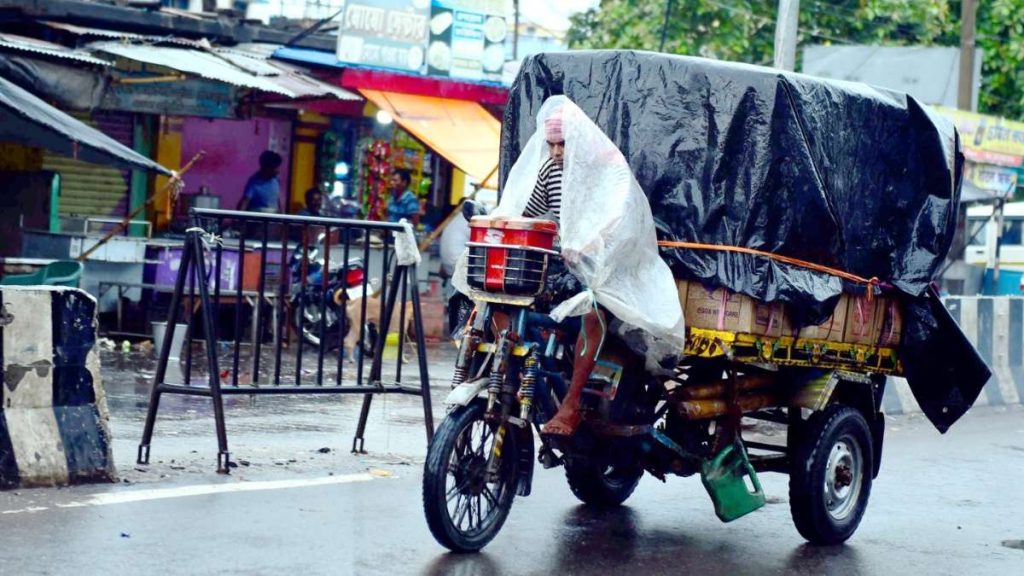Context:
Cyclone Asna has formed over the Kutch coast in Gujarat and adjoining areas of Pakistan, according to the India Meteorological Department (IMD).
More on the news:
- Cyclone Asna is the first cyclonic storm in the Arabian Sea in August since 1976.
- The name “Asna,” meaning “the one to be acknowledged or praised,” was given by Pakistan.
- According to the IMD, between 1891 and 2023, only three cyclonic storms formed in the Arabian Sea in August: 1976, 1964, and 1944.
- A low-pressure area formed off north Andhra Pradesh and south Odisha in the Bay of Bengal, a precursor to cyclone development.
India Meteorological Department (IMD)
- It is the national meteorological service of India and the principal government agency in all matters relating to meteorology and allied subjects.
- Headquartered in New Delhi.
- The IMD was established in 1875.
About Cyclones
- A cyclone is a large system of winds that circulates around a center of low atmospheric pressure, moving in a counterclockwise direction north of the Equator and in a clockwise direction south of the Equator.
- The term “Cyclone” comes from the Greek word “Cyclos,” meaning the coils of a snake, and was coined by Henry Peddington because tropical storms in the Bay of Bengal and the Arabian Sea resemble coiled serpents.
- Cyclones are classified into two types: extra-tropical (or temperate) cyclones and tropical cyclones.
Types of Cyclones
Extra-Tropical Cyclones:
- Also known as temperate cyclones, these occur in temperate zones and high-latitude regions, sometimes originating in the Polar Regions.
- They have cold air at their center and derive energy from the interaction between cold and warm air masses.
- These cyclones are always associated with one or more fronts, which are boundaries between different air masses—warm and cold.
- They can occur over both land and ocean.
Tropical Cyclones:
- Develop between the Tropics of Capricorn and Cancer over tropical or subtropical waters, where they organize into surface wind circulation.
- They develop only over seas.
Conditions Needed for Tropical Cyclone Formation
- Low Pressure Area: A low-pressure area must be present.
- High Sea Temperatures: Sea temperatures need to be at least 27°C.
- Converging Winds: Winds near the ocean surface must converge, forcing air to rise and form storm clouds.
- Low Wind Shear: Winds should not vary greatly with height, allowing storm clouds to rise vertically.
- Coriolis Force: The cyclone must be far enough from the equator for the Coriolis force to take effect.
Worldwide Terminology:
- Typhoons: China Sea and Pacific Ocean
- Hurricanes: West Indian islands, Caribbean Sea, and Atlantic Ocean
- Tornadoes: Guinea lands of West Africa and southern USA
- Willy-Willies: North-western Australia
- Tropical Cyclones: Indian Ocean

